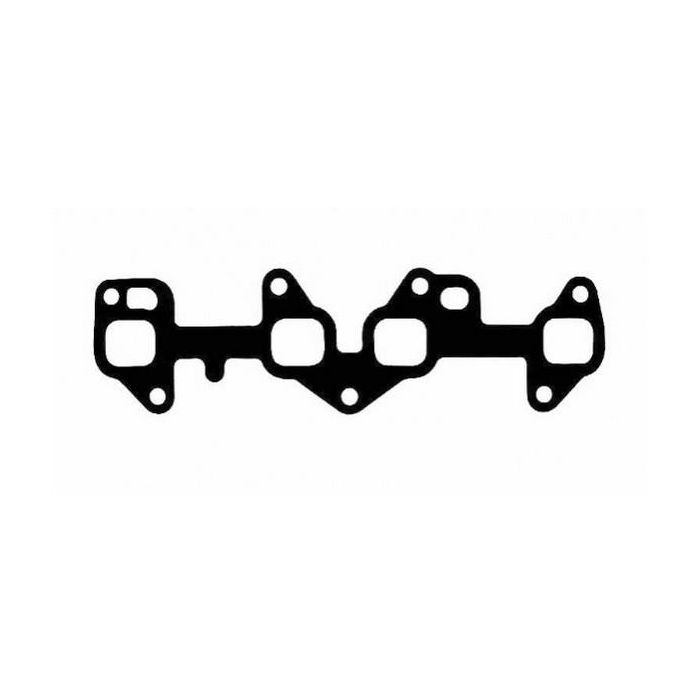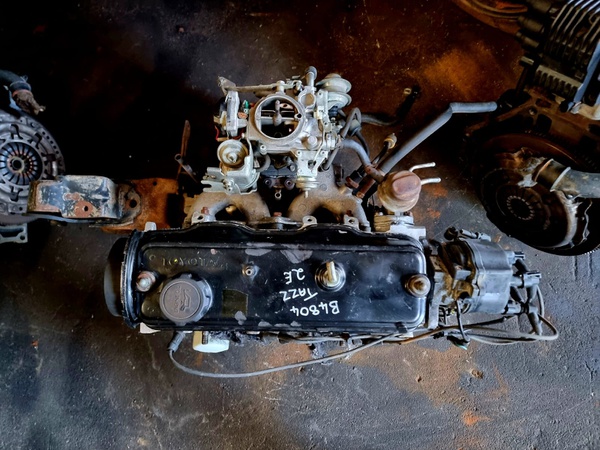Toyota Tazz: Exploring Its Legacy and Continued Appeal Among Drivers
Toyota Tazz: Exploring Its Legacy and Continued Appeal Among Drivers
Blog Article
Explore the Newest Fads in Engine Innovation Through Tazz
In the rapidly developing landscape of auto technology, Tazz stands at the forefront, highlighting considerable innovations in engine systems that focus on both innovation and sustainability. From hybrid engines that enhance gas performance to the introduction of hydrogen gas cells, the trends shaping modern powertrains are not only improving performance however likewise resolving critical environmental difficulties.
Crossbreed Engine Innovations
Crossbreed engine innovations represent a pivotal shift in vehicle modern technology, incorporating the advantages of inner burning engines with electrical propulsion systems. This combination not just boosts gas performance yet likewise minimizes discharges, meeting increasingly strict environmental regulations. By making use of both power resources, hybrid engines can enhance performance, supplying power when needed while conserving fuel throughout much less demanding driving problems.
Recent developments in crossbreed innovation include improvements in battery performance and regenerative stopping systems. These developments allow for better power recovery throughout slowdown, which can be redirected to aid in acceleration or power auxiliary systems. In addition, makers are concentrating on light-weight materials and compact styles to make best use of the performance of hybrid powertrains.
The growth of plug-in hybrids has actually likewise increased the market, making it possible for motorists to bill their cars using standard electric outlets. This attribute frequently permits for significant all-electric variety, more decreasing dependancy on conventional gas. tazz. As the automotive market proceeds to advance, hybrid engine technologies are anticipated to play an essential duty in bridging the space in between conventional cars and completely electrical versions, providing a transitional option that deals with varied customer needs and preferences
Developments in Electric Powertrains
The vehicle landscape is swiftly developing, with electrical powertrains becoming a leading pressure in lasting transport. Breakthroughs in electrical lorry (EV) technology are substantially boosting customer, effectiveness, and performance experience. Secret developments include improvements in battery chemistry, which have actually raised power density, decreased charging times, and extended overall battery life.
Solid-state batteries, for instance, assure to reinvent the market by providing better security and effectiveness compared to traditional lithium-ion cells. Furthermore, innovations in regenerative stopping systems are enabling lorries to recuperate energy throughout slowdown, contributing to total performance.
In addition to battery innovation, electric motor styles are becoming extra advanced. Technologies such as integrated electric motors and advanced thermal monitoring systems are helping to enhance power delivery and minimize weight, ultimately improving vehicle dynamics.

Collectively, these advances emphasize the commitment to transition in the direction of cleaner, extra reliable transportation solutions, placing electric powertrains at the center of vehicle development.
The Surge of Hydrogen Gas Cells
Progressively, hydrogen fuel cells are obtaining traction as a viable option to conventional inner combustion engines and read this post here battery electrical cars. This technology uses the chemical energy saved in hydrogen, converting it right into electrical power via an electrochemical reaction with oxygen. The key by-product of this procedure is water, making hydrogen fuel cells an eco-friendly alternative with zero exhausts at the tailpipe.

Car manufacturers are progressively purchasing hydrogen fuel cell innovation, identifying its potential for long-range applications and quick refueling abilities that rival Read Full Article traditional gas. Additionally, markets such as sturdy transport and public transit are specifically fit for hydrogen fuel cells, where battery electric remedies may fail as a result of weight and array limitations.
As research study and financial investment proceed to expand, hydrogen fuel cells are poised to play a considerable duty in the future landscape of clean transportation and energy options.
Enhancements in Internal Burning Engines
Developments in interior combustion engine (ICE) technology are changing standard vehicles to meet contemporary ecological requirements and efficiency assumptions. Straight gas injection, for instance, permits for far better atomization of fuel, leading to more full combustion and enhanced power result.
Furthermore, turbocharging has acquired prominence, permitting smaller sized engines to deliver greater performance without the weight of bigger engines - tazz. This innovation not only enhances effectiveness but additionally adds to lower gas consumption. Variable shutoff timing systems are likewise being improved, allowing engines to adjust to different driving problems for enhanced torque and responsiveness
Moreover, making use of lightweight products in engine construction is coming to be conventional, further improving gas effectiveness by lowering general lorry weight. Engine control units (ECUs) are significantly sophisticated, check my site allowing real-time adjustments that enhance efficiency and emissions.
These enhancements jointly signify a critical change in ICE technology, lining up with global sustainability goals while still supplying the efficiency drivers anticipate from their lorries. As the industry develops, these enhancements proceed to form the future of traditional vehicle design.
Future Fads in Engine Efficiency
Significant improvements in engine performance are prepared for as suppliers concentrate on incorporating sophisticated innovations to satisfy rigid ecological laws and customer needs. The change in the direction of electrification, crossbreed systems, and different gas is improving the auto landscape, driving innovations that enhance fuel economy and decrease emissions.
One of the key trends is the implementation of innovative products and making strategies. High-strength alloys and lightweight composites contribute to reduced lorry weight, hence enhancing general efficiency. Additionally, the fostering of turbocharging and variable shutoff timing modern technologies permits for enhanced power outcome from smaller engines, better improving fuel economy.

Conclusion
Developments in crossbreed engine systems, electrical powertrains, and hydrogen fuel cells demonstrate a dedication to minimizing discharges while enhancing efficiency. Enhancements in internal burning engines and an emphasis on lightweight products contribute to overall engine performance.
From hybrid engines that maximize gas efficiency to the appearance of hydrogen fuel cells, the trends forming modern powertrains are not just improving performance however also resolving important environmental obstacles.Hybrid engine technologies represent a pivotal shift in automotive innovation, combining the benefits of internal burning engines with electric propulsion systems.Furthermore, turbocharging has actually acquired prestige, allowing smaller sized engines to supply higher efficiency without the weight of bigger engines. Additionally, the fostering of turbocharging and variable shutoff timing technologies permits for improved power outcome from smaller sized engines, further enhancing gas economy.
Enhancements in inner burning engines and a focus on lightweight materials add to total engine performance.
Report this page